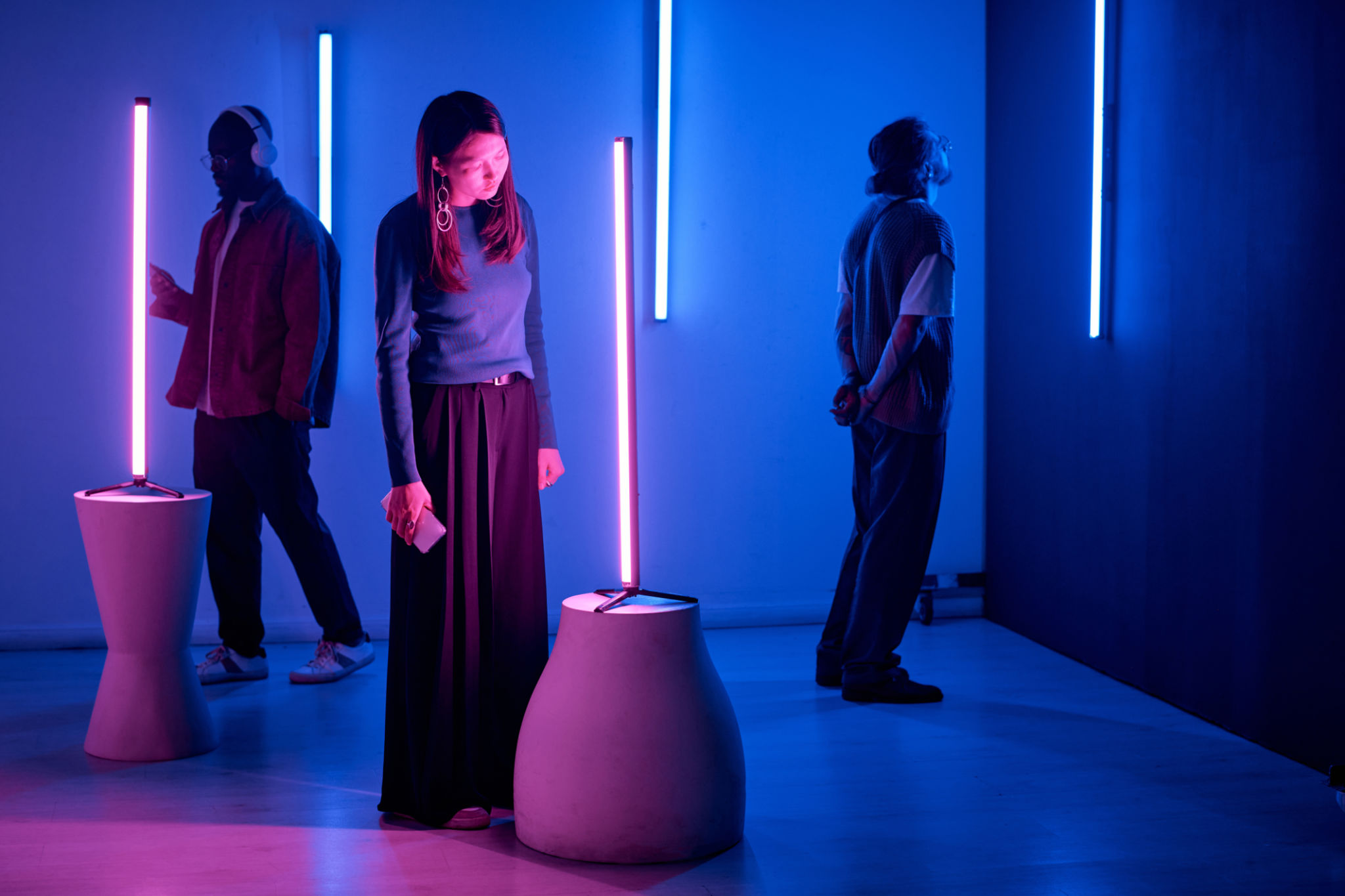Exploring AI-Generated Art: Innovations for Cultural Institutions
Introduction to AI-Generated Art
AI-generated art is rapidly transforming the landscape of artistic creation, pushing the boundaries of what is possible and challenging our traditional notions of art. By leveraging machine learning and neural networks, artists and technologists are developing innovative ways to create and experience art. For cultural institutions, this presents both opportunities and challenges as they navigate the integration of AI into their operations and exhibitions.

The Role of AI in Artistic Expression
AI's role in artistic expression is multifaceted, ranging from assisting human artists in the creative process to independently generating artworks. This has opened up new avenues for creativity, allowing artists to explore complex patterns and compositions that would be difficult, if not impossible, to achieve manually. By collaborating with AI, artists can push their creative boundaries and explore new artistic languages.
AI as a Creative Partner
One of the most exciting aspects of AI-generated art is its potential to act as a creative partner. Artists can use AI to explore new ideas, experiment with different styles, and even co-create works of art. This partnership can lead to unexpected outcomes, offering fresh perspectives and innovative solutions to creative challenges. Cultural institutions can play a pivotal role in showcasing these collaborative works, highlighting the symbiotic relationship between human creativity and machine intelligence.

Opportunities for Cultural Institutions
Cultural institutions have a unique opportunity to engage with AI-generated art by incorporating it into their exhibitions and educational programs. By doing so, they can attract diverse audiences, including tech enthusiasts, art lovers, and curious minds eager to explore this emerging field. Additionally, institutions can use AI technologies to enhance visitor experiences through interactive installations and personalized tours.
Enhancing Visitor Engagement
AI can transform how visitors interact with art by offering personalized experiences tailored to individual preferences. Through AI-driven analytics, cultural institutions can gather insights into visitor behavior, allowing them to curate more engaging and relevant exhibitions. Interactive installations powered by AI can provide immersive experiences that captivate audiences and encourage deeper engagement with artworks.

Challenges and Considerations
While AI-generated art offers numerous opportunities, it also presents several challenges. Issues such as copyright, authorship, and authenticity require careful consideration by cultural institutions. As AI becomes more prevalent in the art world, institutions must navigate these complex legal and ethical landscapes to ensure that creators' rights are respected and that the integrity of artworks is maintained.
Ethical Implications
The ethical implications of AI-generated art extend beyond copyright concerns. Cultural institutions must consider the broader societal impacts of AI, such as bias in algorithms and the potential for misuse. By fostering open discussions and collaborations with technologists, artists, and policymakers, institutions can address these challenges proactively and responsibly.

The Future of AI in Art
As AI technology continues to evolve, its influence on the art world is likely to grow. Cultural institutions have an essential role in shaping this future by embracing innovation while preserving the cultural significance of art. By exploring AI-generated art's potential, institutions can contribute to a rich dialogue about the intersection of technology and creativity.
In conclusion, AI-generated art is an exciting frontier for cultural institutions. By actively engaging with this innovative field, they can enhance their offerings, attract new audiences, and participate in shaping the future of art. As we look ahead, the collaboration between human creativity and artificial intelligence promises to redefine artistic expression for generations to come.
